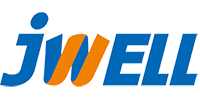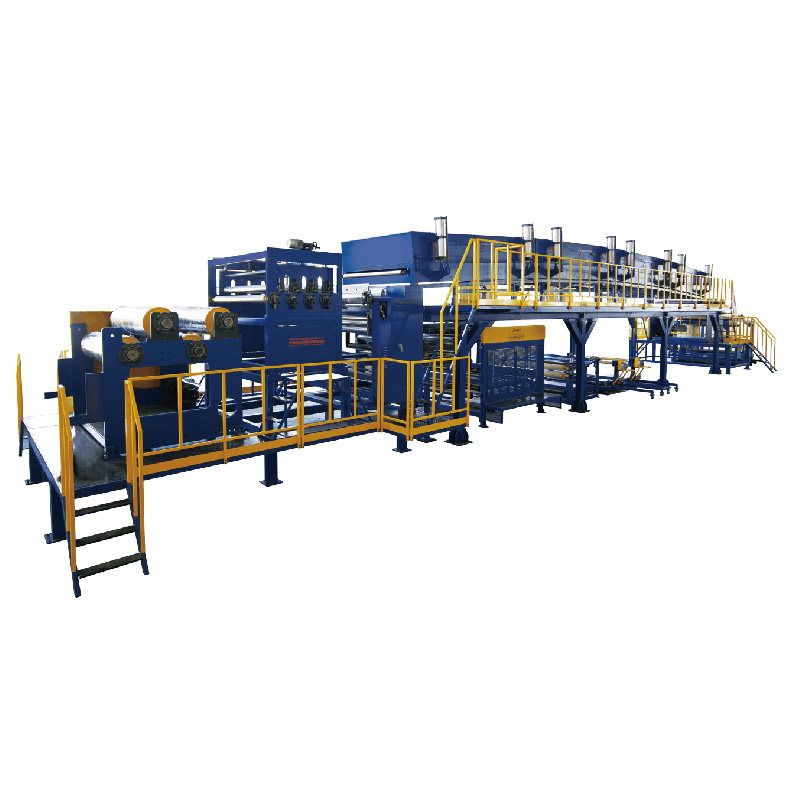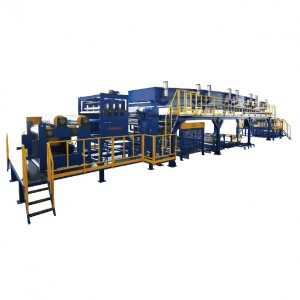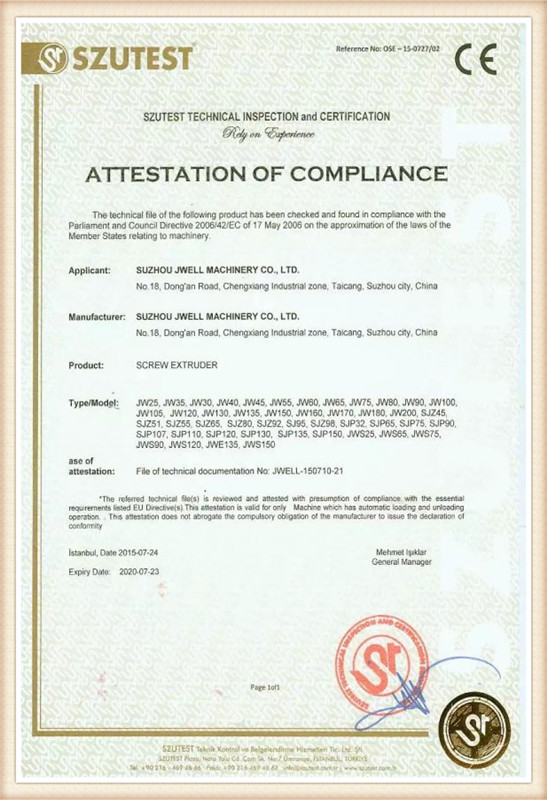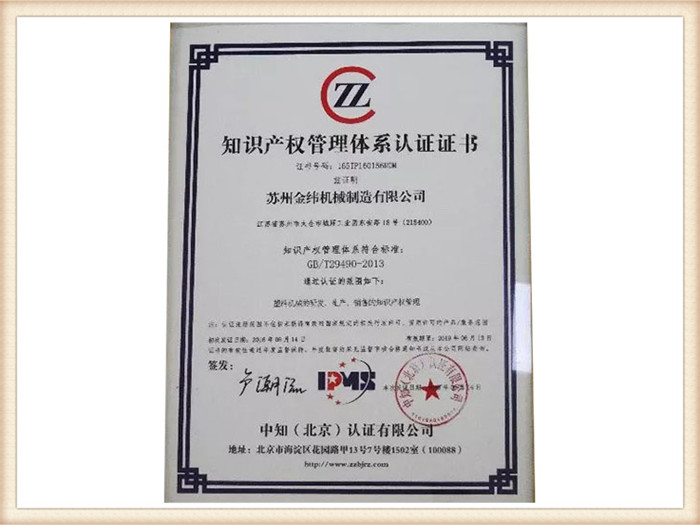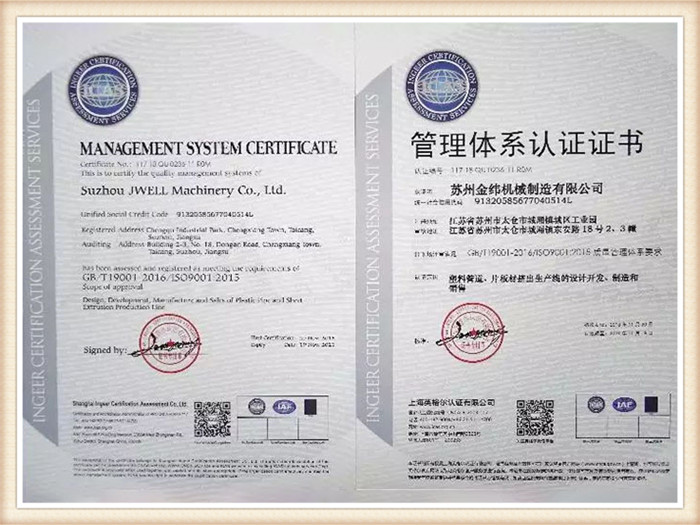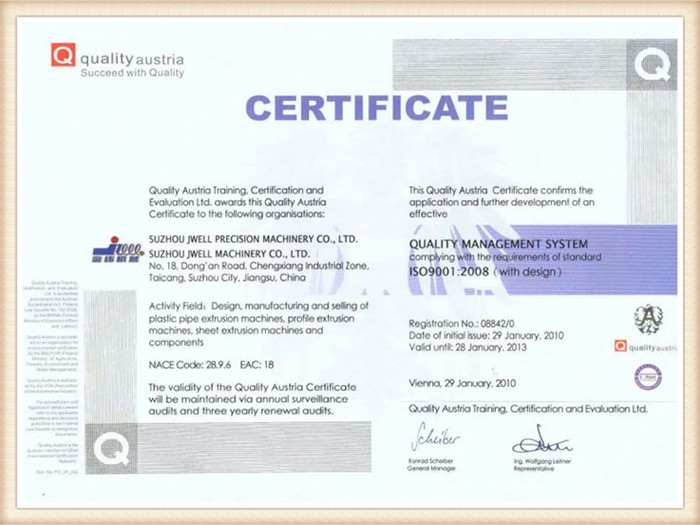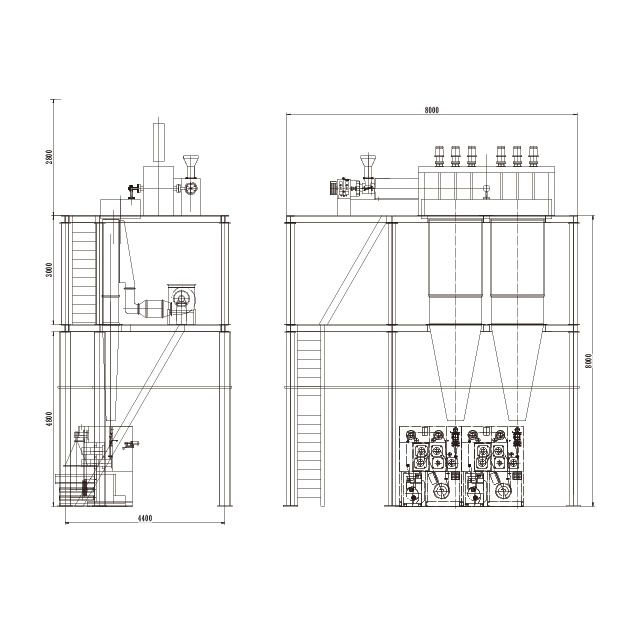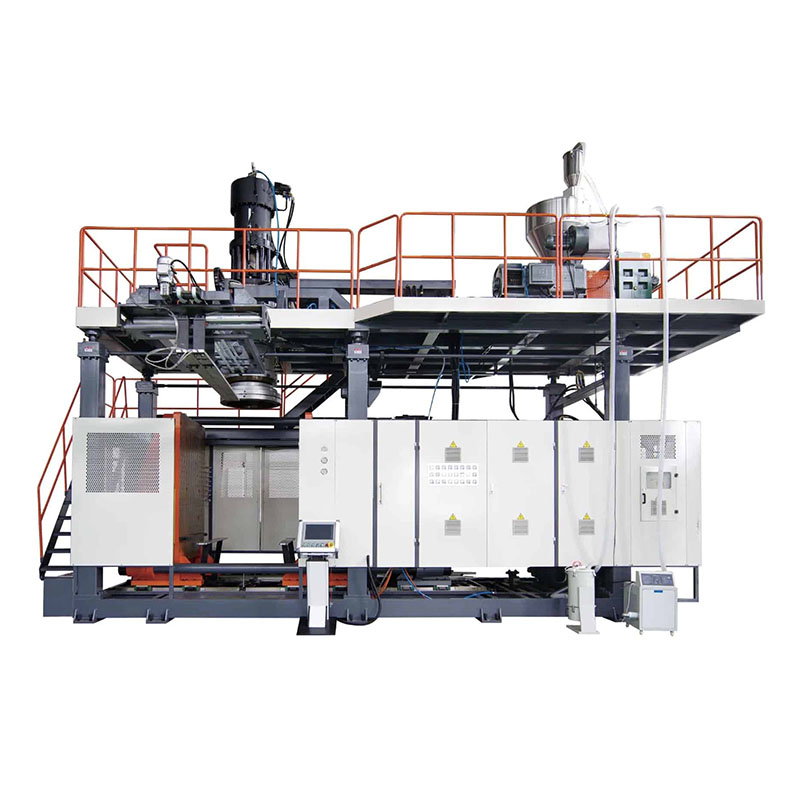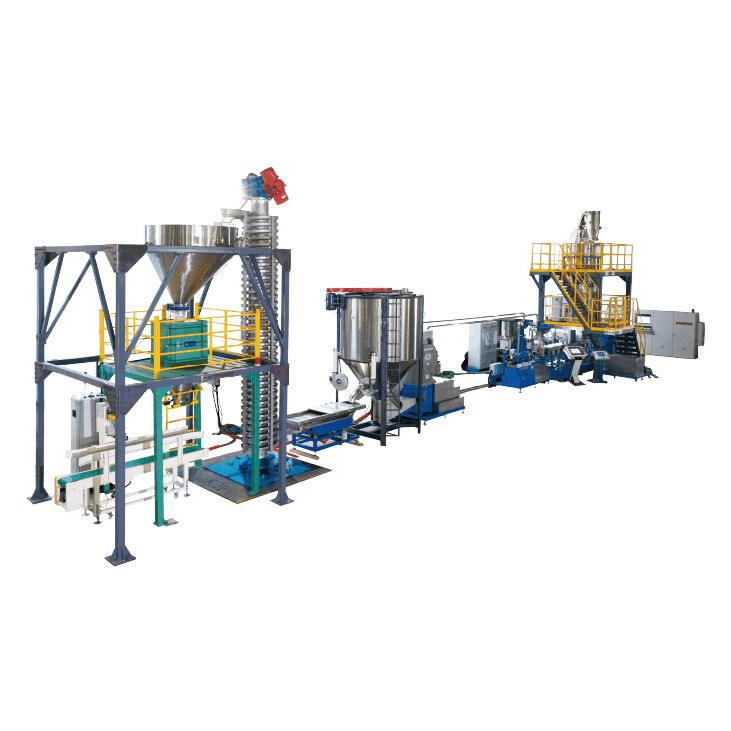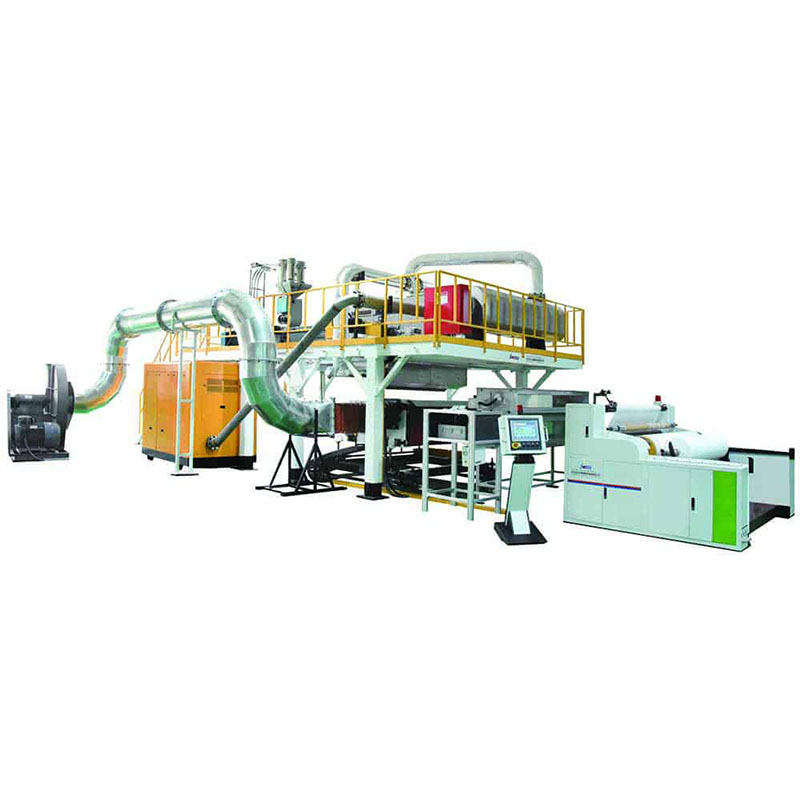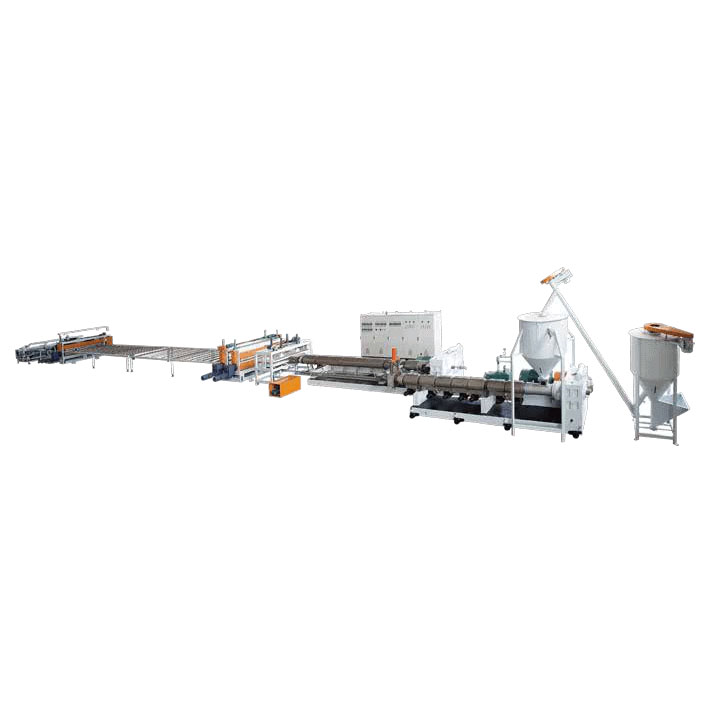LFT, CFP, FRP, CFRT Continuous Fiber Reinforced Composite Production Line
LFT, CFP, FRP, CFRT Continuous Fiber Reinforced Composite Production Line Main Technical Parameter
| Model | Products width(mm) | Products thickness(mm) | Max.speed(m/min) |
| JWS-1800 | 1200-1600 | 0.1-0.8 | 12 |
| JWS-3000 | 2000-2500 | 0.1-0.8 | 12 |
LFT, CFP, FRP, CFRT Continuous Fiber Reinforced Composite Production Line Product Description
Product application
Military, spaceflight, ships, automotive lightweight, electronics, wind and electricity, construction, medical, sports and leisure, and other fields.
Continuous fiber-reinforced composite material is made of reinforced fiber material:
glass fiber(GF), carbon fiber(CF), aramid fiber(AF), ultra-high molecular polyethylene fiber(UHMW-PE), basalt fiber(BF) by using special process technology to makes high strength continuous fiber and thermal plastic&thermosetting resin soak with each other. Then extrusion and drawing processes are used to form the high strength, high toughness and recyclable thermal plastic resin composite material commonly used plastic are PET, ABS, PP, PC, PA, PPS, POM, and other environmentally friendly thermoplastic materials.
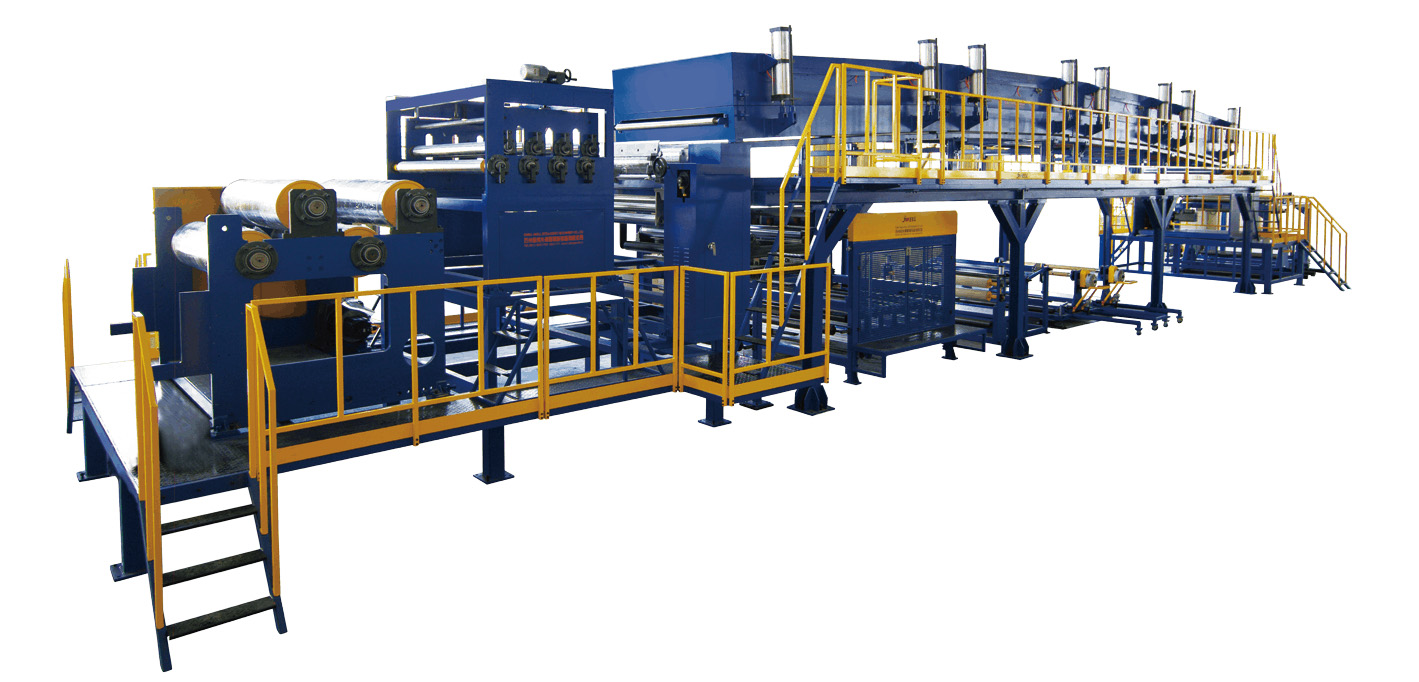
LFT, CFP, FRP, CFRT Continuous Fiber Reinforced Composite Production Line Application
Equipment layout drawing

Machining Process and applicaiton
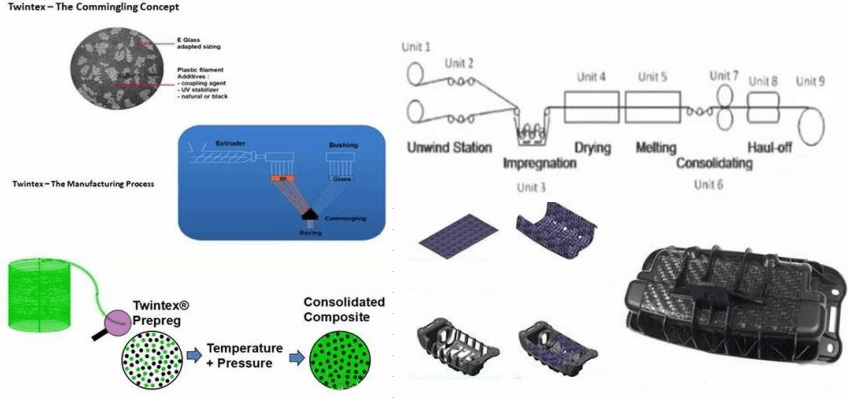

LFT, long fiber reinforced thermoplastic, is LongFiber reinforced Thermoplastics, compared to conventional fiber-reinforced thermoplastics. Typically, fiber lengths in fiber-reinforced thermoplastics are less than 1 mm, while in LFT, fibers The length is generally greater than 2 mm, and the current processing technology has been able to maintain the fiber length in the LFT above 5 mm. The long fiber is impregnated with a special resin system to obtain a long strip that is sufficiently wetted by the resin and then cut into the desired length as needed. The most used matrix resin is PP, followed by PA, and also uses PBT, PPS, SAN, and other resins. Only different fibers are needed for different resins to achieve better results; depending on the end-use, the finished product can be Strips, which can also be strip-shaped, width-width boards, or even rod-shaped, can be used directly to replace thermoset products.
LFT-D-ILC is called Long Fiber reinforced Thermoplastics-Direct processing-In LineCompounding. LFT-D is a process technology for the direct production of long fiber reinforced thermoplastic composites. The key factor distinguishing it from GMT and LFT-G is that the semi-finished product step is omitted and the material selection is more flexible. In the LFT-D technology, not only the fiber content and length but also its matrix polymer can be directly adjusted to the requirements of the final part. The number of additives can change and affect the mechanical properties of the product and the properties of the particular application materials, such as thermal stability, colorability, UV stability, and fiber-to-substrate bonding characteristics, which also means each special application. All of them are available in LFT-D for their unique material formulation.
The impact resistance of the LFT-D press-formed product is slightly lower than that of the GMT, but its impact resistance is significantly higher than that of the LFT-G because it is much longer than the fiber after LFT-G molding. In addition, according to a large number of studies, the productivity of LFT-D injection molding is higher than that of standard LFT-G pellets, because the low plasticization requirement of LFT-D improves the fiber breakage condition. For parts with a molding cycle of more than 1 min, the LFT-D injection molding equipment can be completed in 30 seconds.
Video
FAQ
● International Commercial Terms(Incoterms): FOB, CFR, CIF, EXW.
● Terms of Payment: LC, T/T.
● Average Lead Time: Peak season lead time: 3-6 months, Off season lead time: 1-3 months.
● Number of Foreign Trading Staff:>50 People.
Yes, We own 5 manufacturing bases and sales center in Shanghai, Suzhou, Changzhou, Zhou Shan, Dongguan China.
Jwell made the first Chinese screw and barrel in 1978 in brand name Jinhailuo. After more than 40 years development.
JWELL is one of the biggest extrusion machine supplier in China with 300design&test engineer, 3000 employees.
Jwell has become the premier supplier of extrusion lines and reliable business partners. Welcome to drop in us.
Our machines taking the European standards and follow the Germany type of business, we cooperation with International famous brands Siemens Schneider Flender Omron ABB WEG Falk Fuji etc. Our company continuously imports over 1000 international first-class high precision processing equipment such as multistage machining centers, CNC lathes and CNC milling machines from Korea, Japan etc. All our processes strictly adhere to CE certification, IS09001 and 2008 quality management system. And we have 12 months quality warranty time. We testing the machine performances before each delivery. Jwell service engineers will always be here for anything you needed.
Usually it takes about 1 – 4 months depends on different machinery upon receipt of order advance payment.
Once clear your requirements and determined extrusion line is ideal for you. We will send technical solutions and Proforma Invoice to you. You can pay via TT bank transfer, LC as you like.
One. We provide both customized extrusion lines and technical solutions. Welcome contact with us for technical innovation or improvements for your future purchasing plan.
We produce more than 2000 advanced extrusion lines every year world wide.
We can send the small spare parts by air express for urgent matter. And the complete production line by sea to save the cost. You can either use your own assigned shipping agent or our cooperative forwarder. The nearest port is China Shanghai, Ningbo port, which is convenient for maritime transportation..
Yes, we support our business partners by pre-after sale service. Jwell has more than 300 technical testing engineers traveling world wide. Any cases would be responded with prompt solutions. We provide training, testing, operation and maintenance service for a life time.
Certificates
Certified By: SGS
Extrusion Down Stream Equipment
2015-07-23 ~ 2020-07-23
Certified By: SGS
Extrusion Down Stream Equipment
2015-07-23 ~ 2020-07-23
Certified By: SGS
Extrusion Down Stream Equipment
2015-07-23 ~ 2020-07-23
Certified By: SGS
Extrusion Down Stream Equipment
2015-07-23 ~ 2020-07-23
Certified By: Other
Design, Development, Manufacture And Sales Of Intellectual Property Rights Management For Plastic Machine
2016-06-14 ~ 2019-06-13
Certified By: Other
Design, Development, Manufacture And Sales Of Plastic Pipe And Sheet Extrusion Production Line
2018-11-20 ~ 2021-11-19
Certified By: Quality Austria Training, Certification and Evaluation Ltd.
Plastic Extrusion Line
2010-01-29 ~
